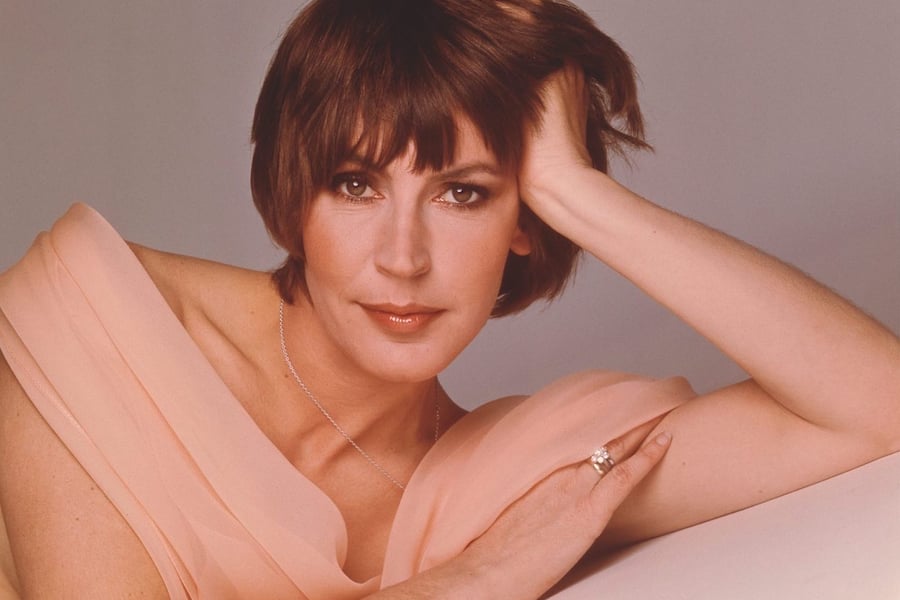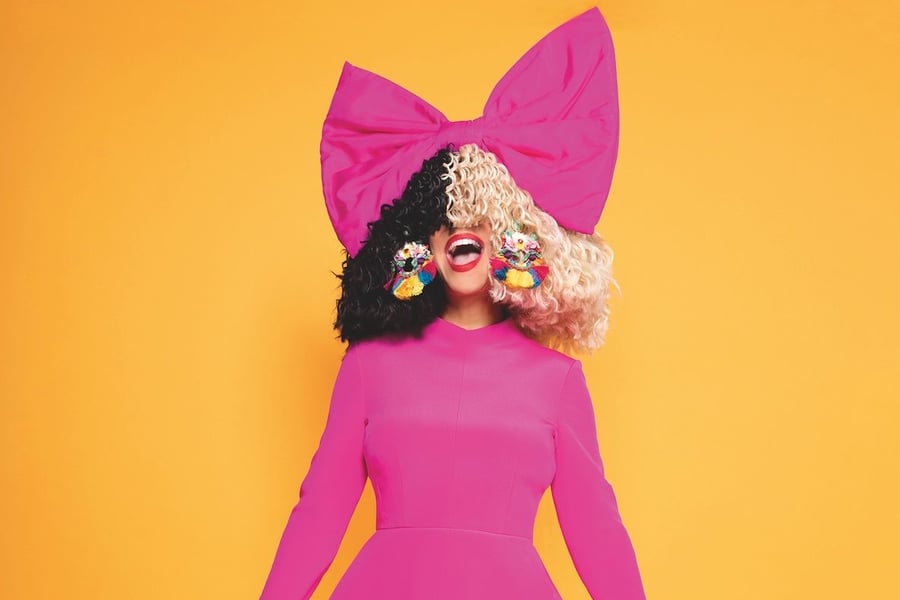Michael Gudinski was the first to admit he didn’t know everything. Selling watermelons was one thing he had little expertise in.
As a youngster, Gudinski and his friend Ray Evans hit on a business idea at the Sunbury Rock Festival.
Gudinski was stage manager of the now-iconic early Seventies fest, and manager of several bands on the bill. Evans, he told this reporter in 2010, “came up with the idea of a watermelon concession, just truck in the fuckers, cut them in half.” All good, until the third year when “it pissed down and we got stuck with one thousand watermelons. It sort of ended in tears.”
The tears dried, and lessons were learned. “Sunbury was a great thing to be involved with. It confirmed my belief that Australian music could stand up. The first two years were run with all Australian acts.”
Gudinski was done selling melons. Over the following four decades, the late Melbourne entrepreneur would build the Mushroom Group, a sprawling, independent music empire quite like nothing else in Australia, or anywhere.
“We try to keep most of our investments in the music business where we know them,” Gudinski would go on to say.
Gudinski, or MG as he was widely known, had cut his teeth running dance parties throughout his hometown as a teen, before forming Mushroom Records with Evans in 1972. MG was just twenty at the time. Touring arms would mushroom from it. And later, the label signed Skyhooks, a band Gudinski was guiding as manager (at the time, he was younger than all its members). The sky was the limit.
When Gudinski passed in 2021, aged sixty-eight, the company he created was active in every conceivable area of music, from concerts and touring, publishing, agencies, merchandise, neighbouring rights, film and TV, creative services and, of course, labels. Frontier Touring is a juggernaut, recognised at times as the world’s leading independent concert promoter, and the engine room for Ed Sheeran’s Divide Tour of 2018, the all-time box office blockbuster with more than one million tickets sold.
If business is about buying, selling and playing in that space between, Gudinski was acutely aware that sometimes an offer is too good to refuse. In the Nineties, MG sold Mushroom Records to Rupert Murdoch’s News Ltd (now News Corporation), in a two-part arrangement that has been branded in music industry circles as the “deal of the century.” After selling up, “I probably went through postnatal sale depression, which is a unique Gudinski title,” he told this reporter. “I went through a period when I was a bit disillusioned, I had a lot of money.” And he reinvested a lot of that money into the business.
When the pandemic stopped touring, along with regular life as we knew it, Gudinski didn’t back away from the challenge. He hit the phones, got business done. The Mushroom Group Chairman organised Music From The Home Front, a virtual Anzac Day concert on the free-to-air commercial Nine Network, featuring more than fifty music stars from both sides of the Tasman. And from it, the Music From The Home Front triple-vinyl set, just the second release of that scope to be issued in Australia via Mushroom, following the live Sunbury album.
The Home Front set blasted to Number One on the ARIA Albums Chart, with one hundred percent of its profits funnelled into music industry charity Support Act.
He wasn’t done there. Through a partnership with the Victorian Government’s Victoria Together initiative, MG pulled the trigger on The State of Music, a multi-part streaming series focusing on homegrown talent; and he launched The Sound, produced by Mushroom Vision and running across multiple seasons on the ABC. “This is not about my labels,” Gudinski told this reporter in late 2020. “This is about Australian music.”
Gudinski’s death was a shock that resonated around the globe. The stars came out to pay tribute to the legendary music man, an extraordinary list that included Paul McCartney, Dave Grohl, Bruce Springsteen and, of course, his close friend Sheeran. The “Shape of You” singer made the long-haul trip to Gudinski’s state memorial, where he performed a freshly-penned tribute to his friend, “Visiting Hours”. Two of MG’s close friends and artist signings, Kylie Minogue and Jimmy Barnes, performed backing vocals on the final cut.
In 2023, Mushroom Group will celebrate its 50th anniversary. Celebrations are shaping up under CEO Matt Gudinski, MG’s son, who says the company’s two hundred staff, former employees and friends will be at the heart of those plans. MG is no longer there, though his spirit remains across the group he built. A permanent statue of MG stands outside Rod Laver Arena, with the chairman giving his familiar one-finger salute: Number One forever.
Words by Lars Brandle





















































































